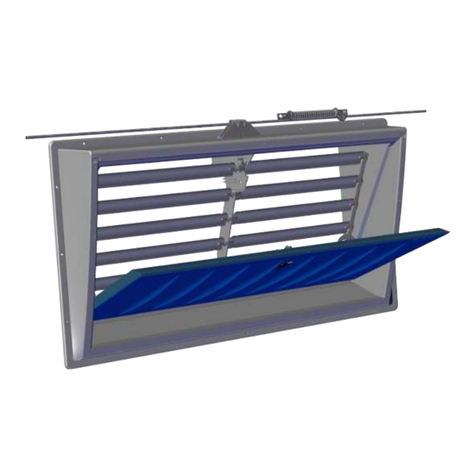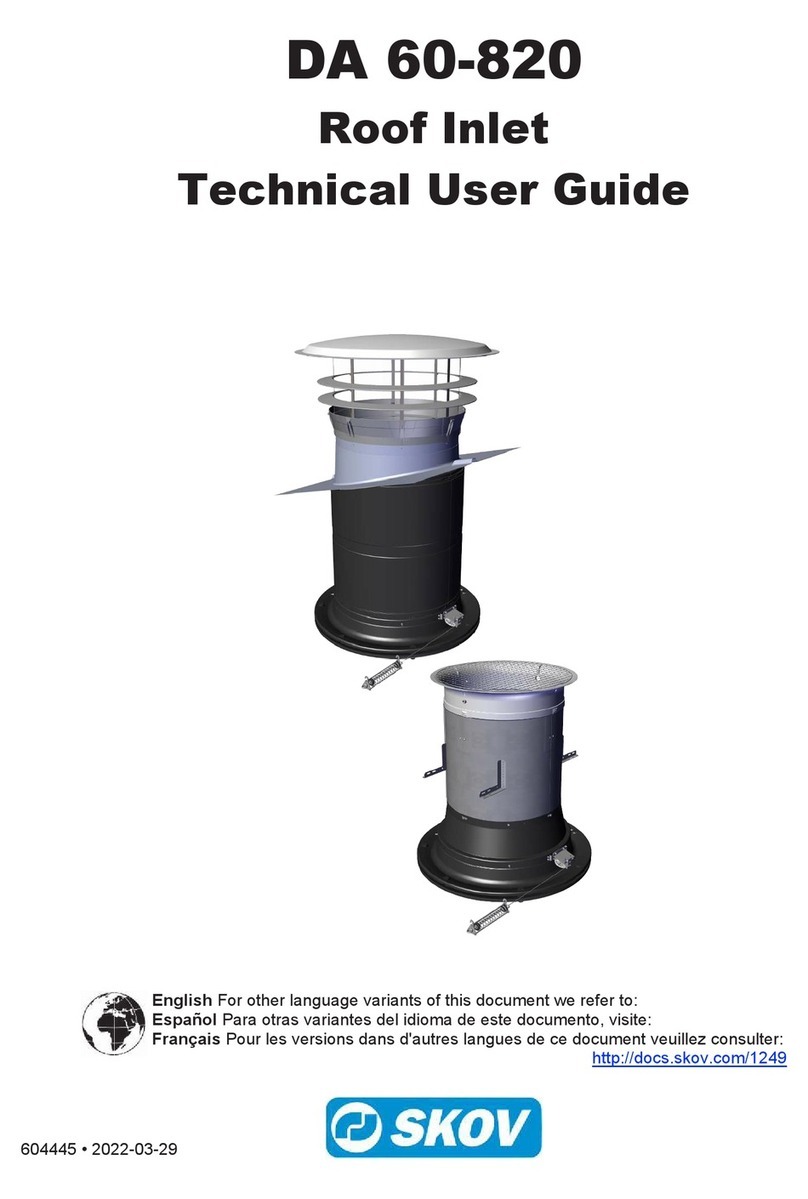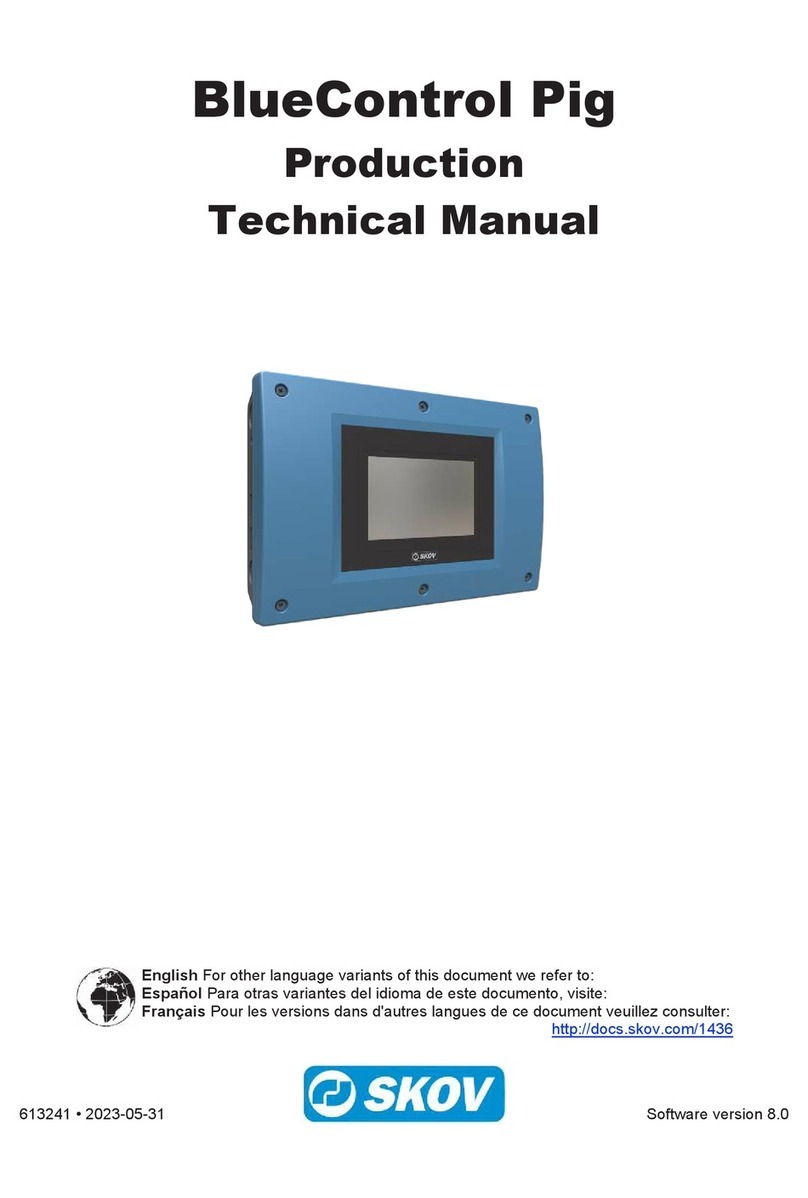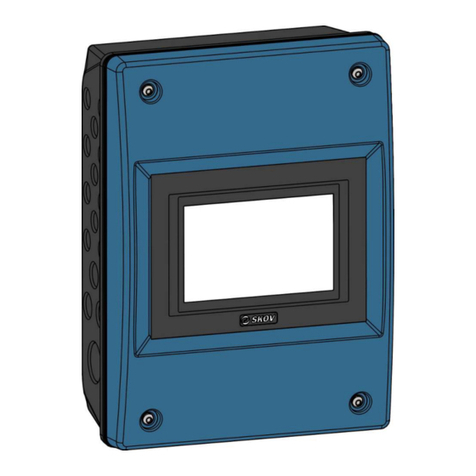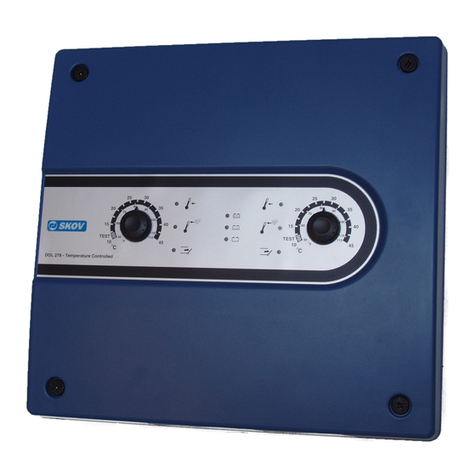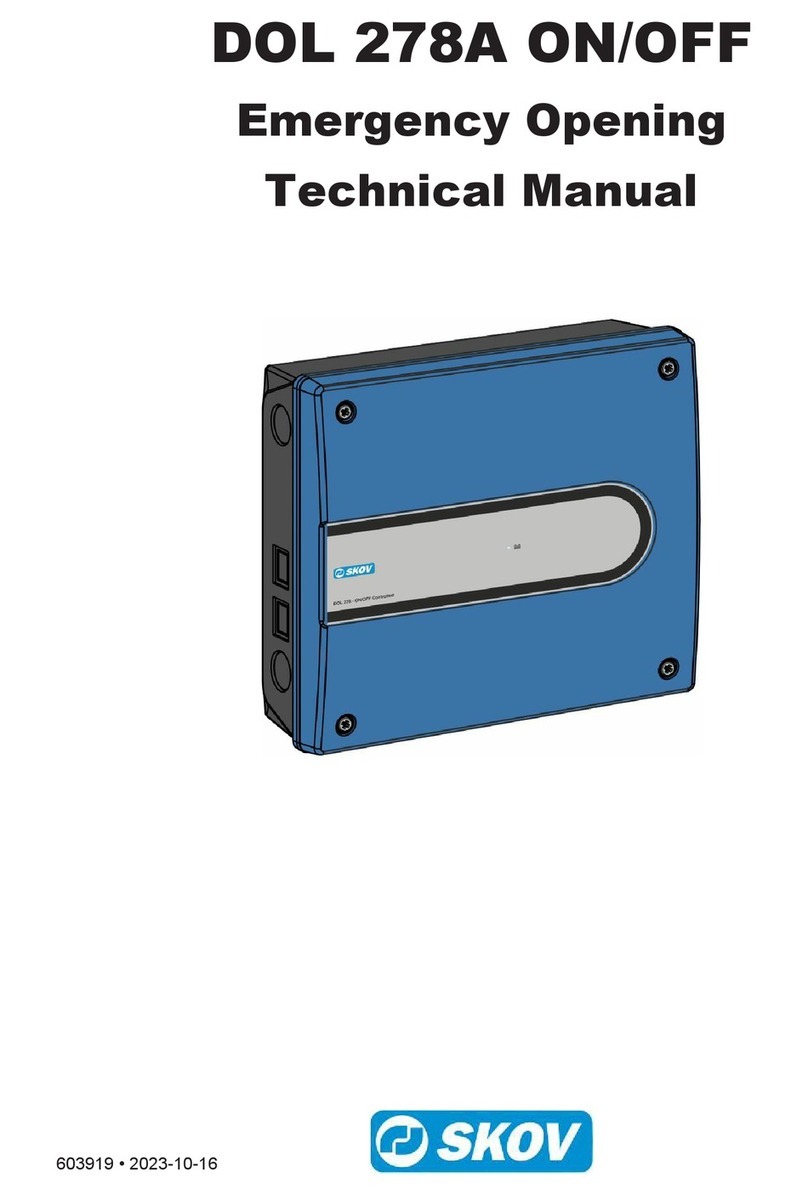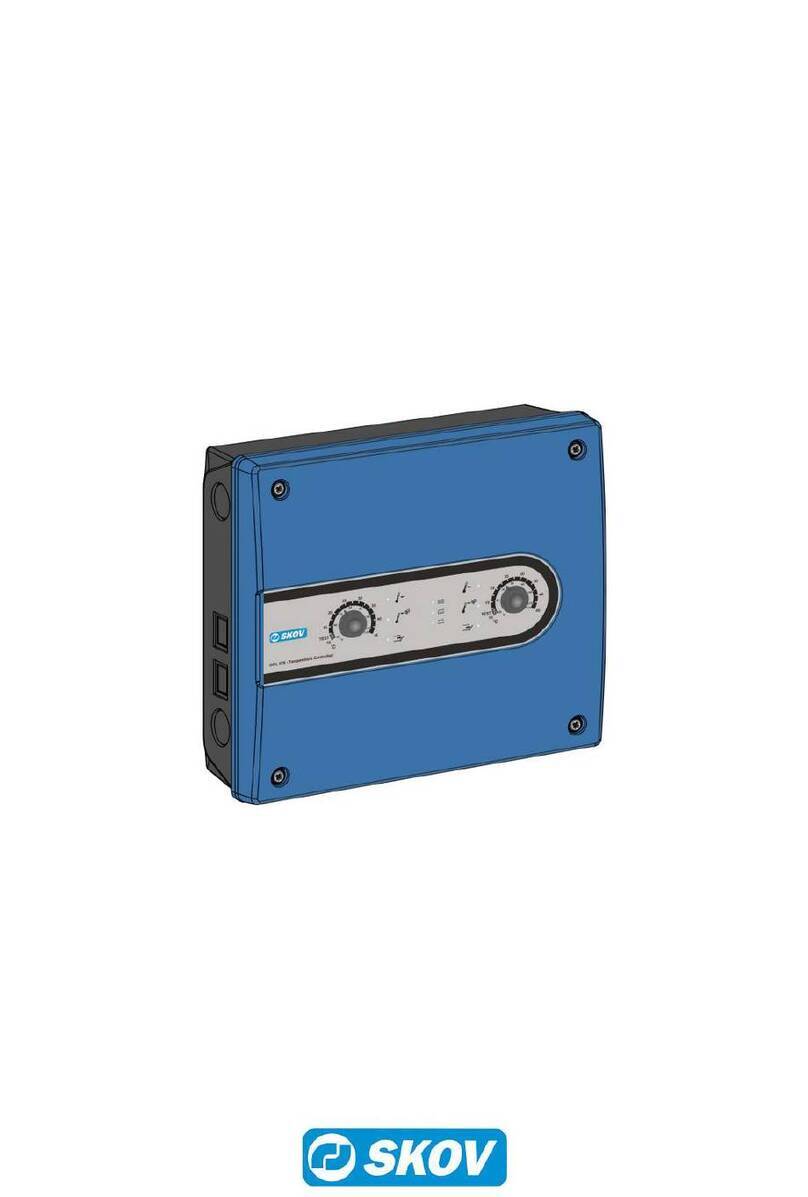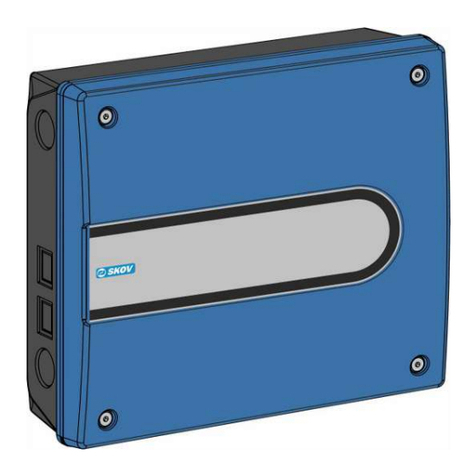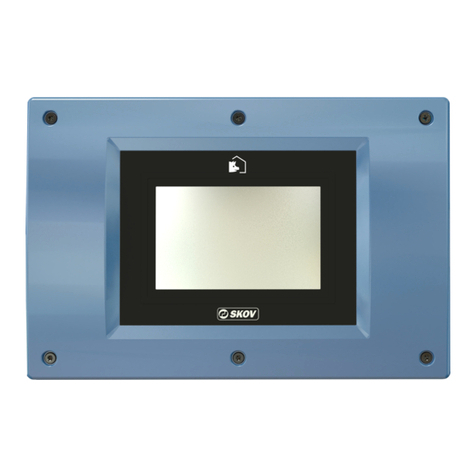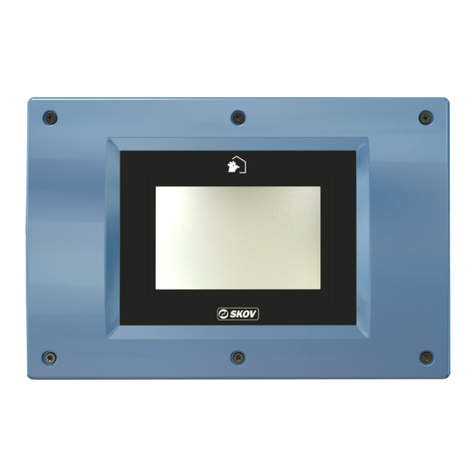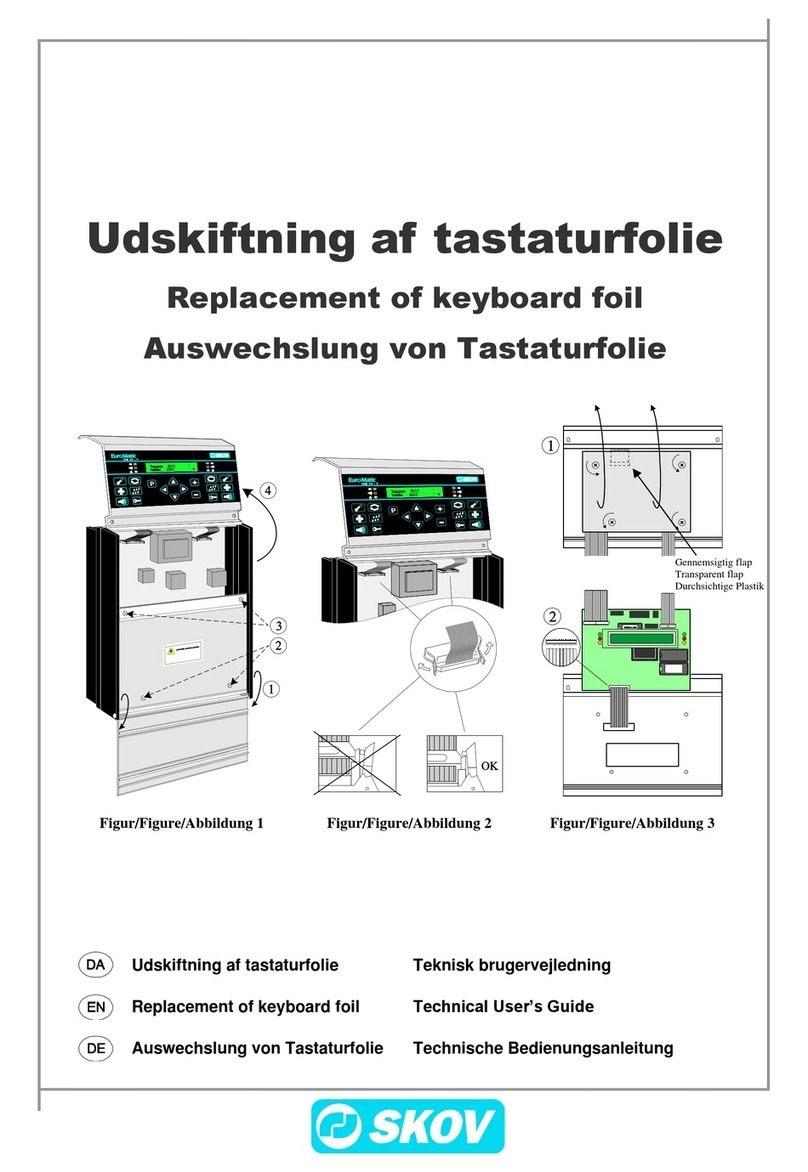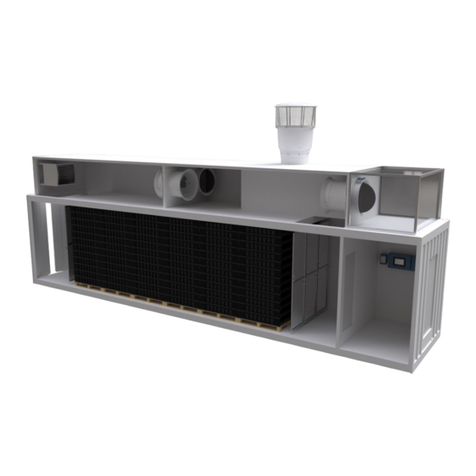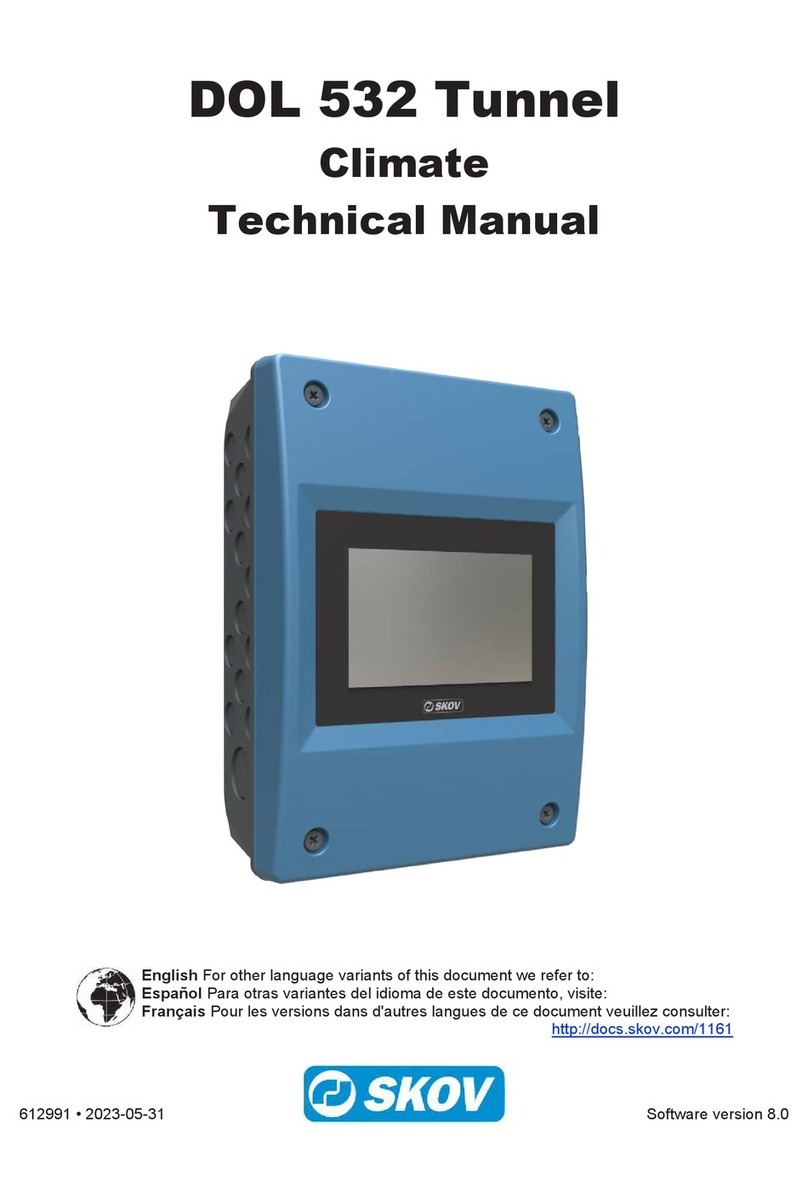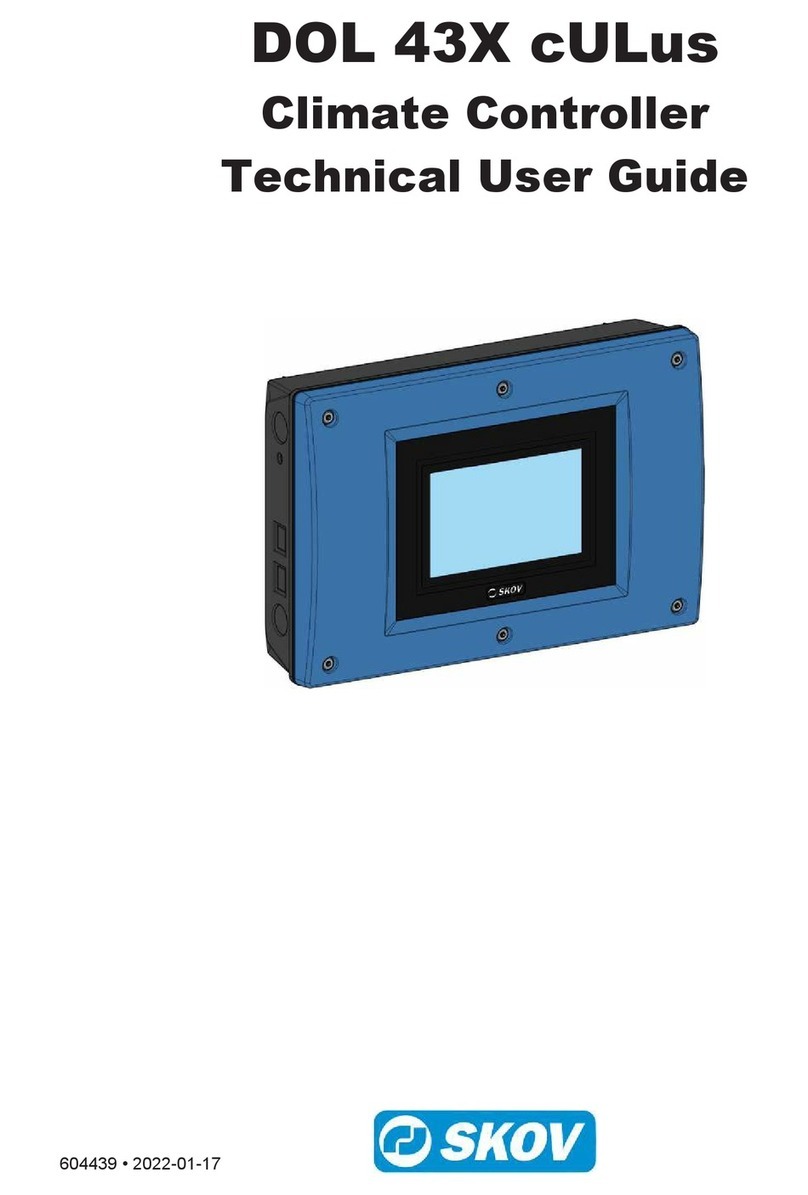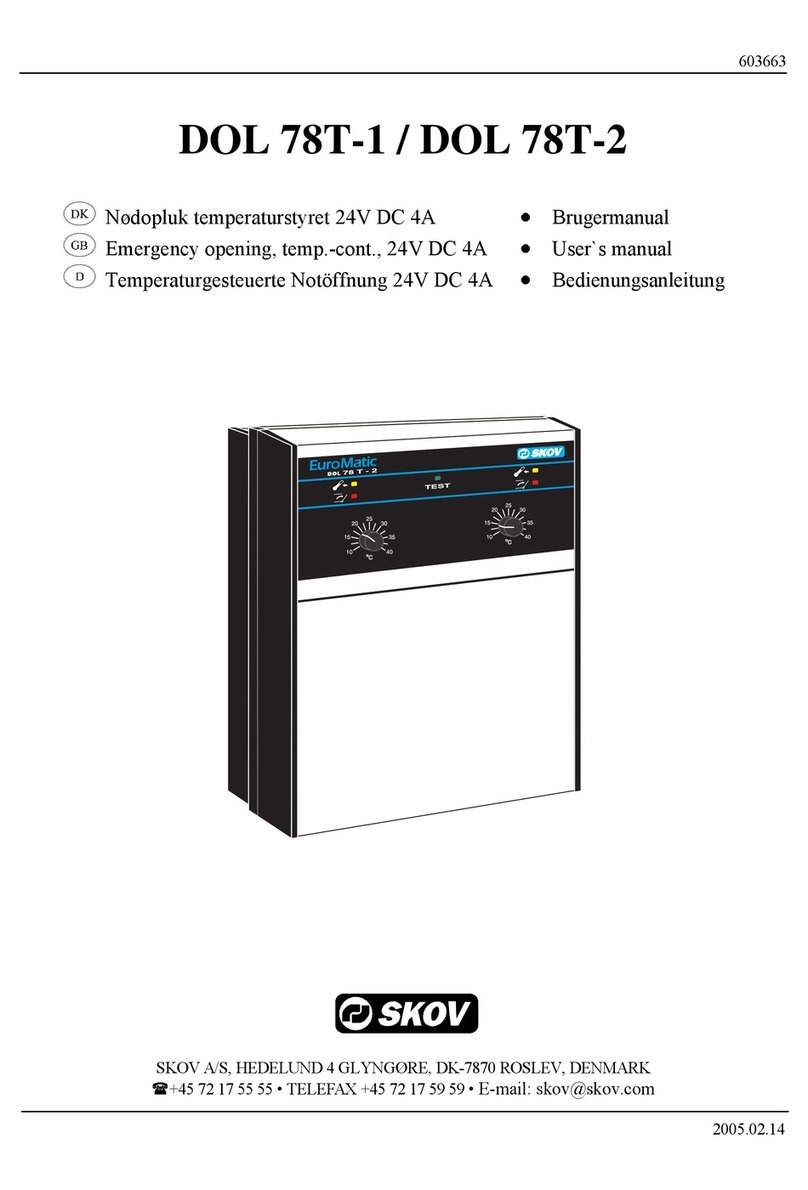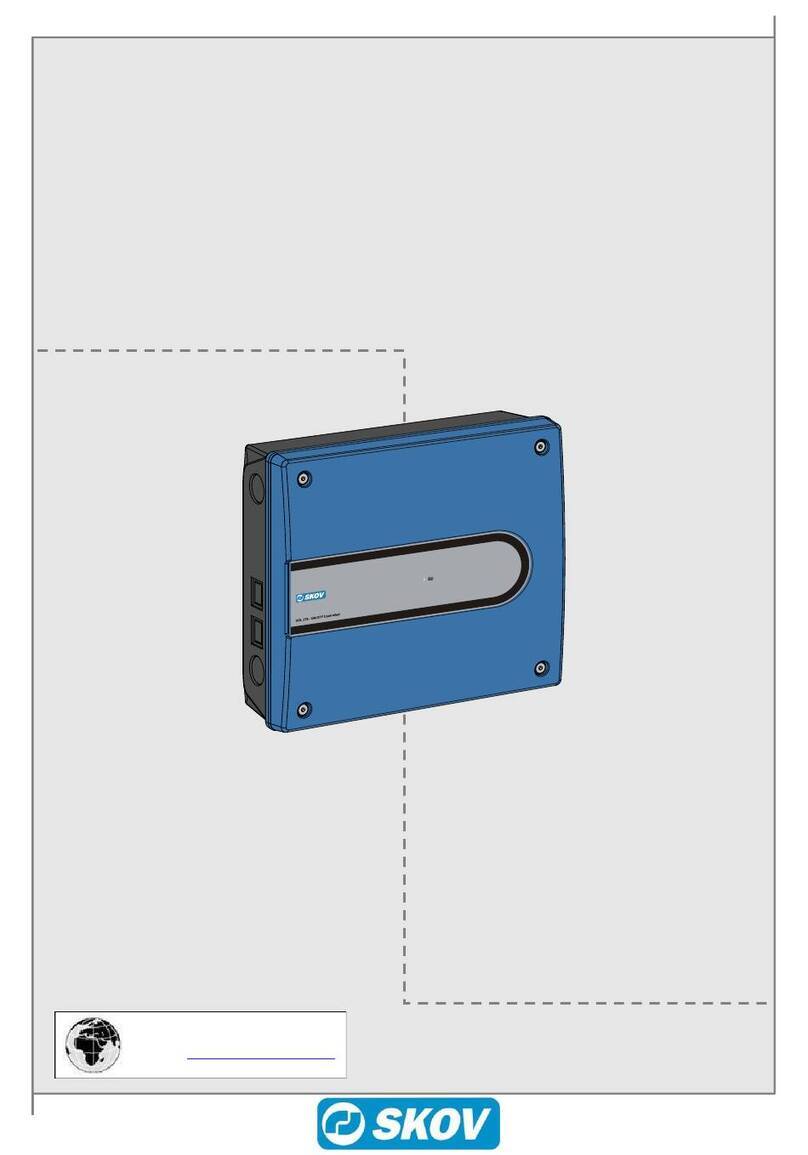
DOL 635 • DOL 639
Technical Manual
1 Product description........................................................................................................................................6
2 Procedure........................................................................................................................................................7
3 Installation guide ............................................................................................................................................8
3.1 Technical menus.......................................................................................................................... 8
3.2 Selecting components.................................................................................................................. 8
3.2.1 Installation wizard ........................................................................................................................ 9
3.3 The installation menu................................................................................................................. 10
3.3.1 Feed weighers ........................................................................................................................... 11
3.3.1.1 Shared feed weigher.................................................................................................................. 11
3.3.1.2 Shared Silo ................................................................................................................................ 12
3.3.1.3 Electronic silo weighing.............................................................................................................. 13
3.3.2 Dry feeding................................................................................................................................. 14
3.3.2.1 Dry feeding - monitoring of feed chain ....................................................................................... 15
3.3.3 Water ......................................................................................................................................... 15
3.3.4 Light control ............................................................................................................................... 15
3.3.4.1 Light sensor ............................................................................................................................... 15
4 Connecting components .............................................................................................................................16
4.1 Menu for show connection ......................................................................................................... 16
4.2 Manual I/O allocation ................................................................................................................. 16
5 Adjustment....................................................................................................................................................17
5.1 Menu for Adjustment.................................................................................................................. 17
5.1.1 Feed weigher ............................................................................................................................. 17
5.1.2 Feed........................................................................................................................................... 18
5.1.3 Silo ............................................................................................................................................. 18
5.1.4 Water meter ............................................................................................................................... 18
5.1.5 Light control ............................................................................................................................... 18
5.1.6 24-hour clock ............................................................................................................................. 18
5.2 Select type of unit of measurements.......................................................................................... 19
5.3 View week number..................................................................................................................... 19
6 Calibration.....................................................................................................................................................20
6.1 The menu calibration ................................................................................................................. 20
7 Service information ......................................................................................................................................21
8 Testing...........................................................................................................................................................22
8.1 Testing basis components ......................................................................................................... 22
8.1.1 Testing Alarm............................................................................................................................. 22
8.2 Testing optional components: Manual control ........................................................................... 22
8.2.1 The menu Manual/Auto.............................................................................................................. 22
8.2.2 Testing Production Functions .................................................................................................... 23
8.2.2.1 Testing the Tip Weigher............................................................................................................. 23
8.2.2.2 Testing the feed demand sensor and cross auger sensor......................................................... 24
8.2.2.3 Testing the drum weigher .......................................................................................................... 24
8.2.2.4 Testing DOL 9940 ..................................................................................................................... 25
8.2.2.5 Testing of shared feed weight – drum weigher and DOL 9940 ................................................. 25
8.2.2.6 Testing the electronic silo weigher............................................................................................. 25
8.2.2.7 Testing light................................................................................................................................ 26
8.2.2.8 Testing the water meter and water supply ................................................................................. 26
8.2.2.9 Testing relay for 24-hour clock................................................................................................... 26
8.2.2.10 Testing feed relay, silo relay and silo auger............................................................................... 26
8.3 Testing network connection ....................................................................................................... 27
9 Settings .........................................................................................................................................................28
9.1 The menu Settings..................................................................................................................... 28
